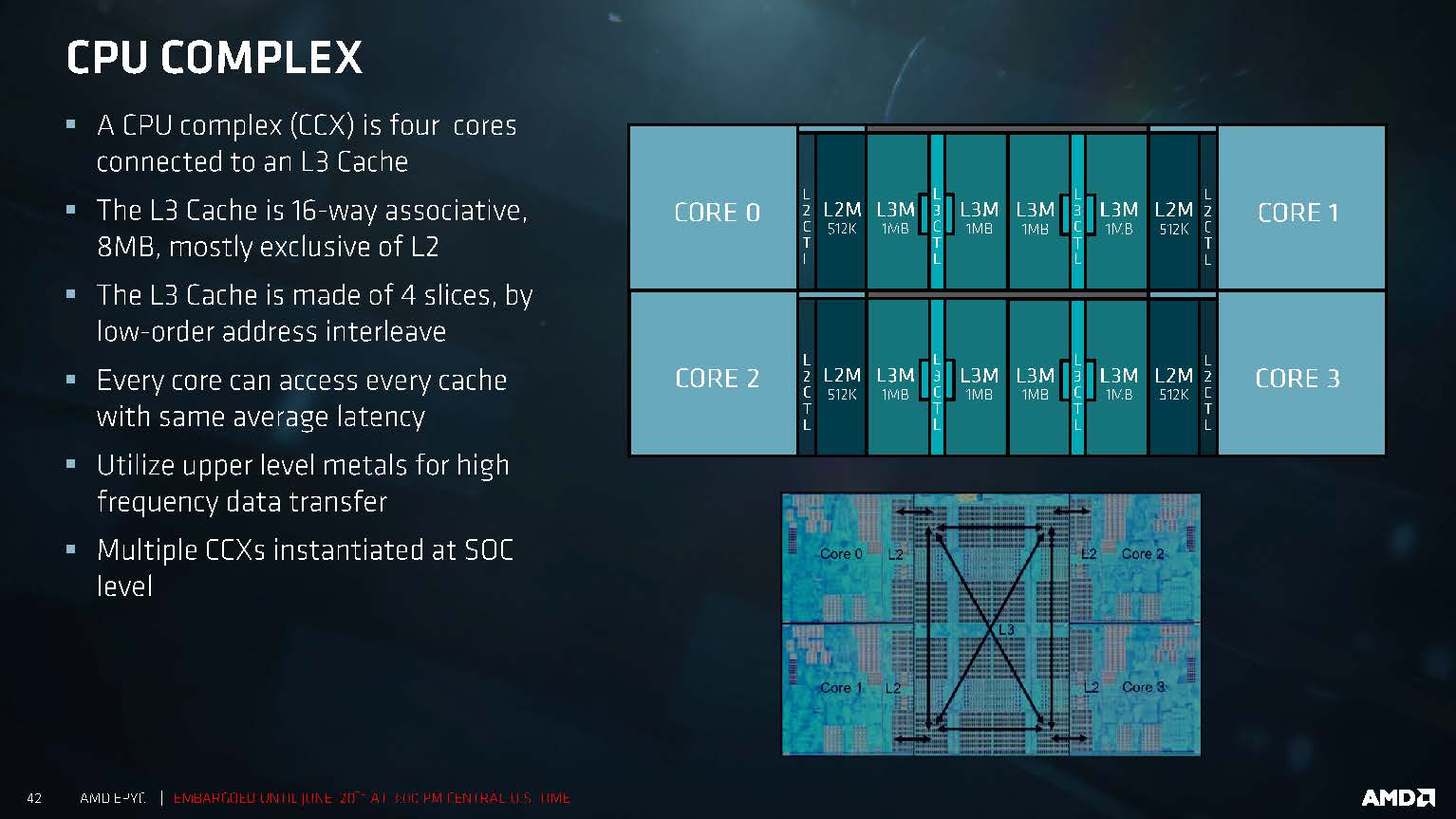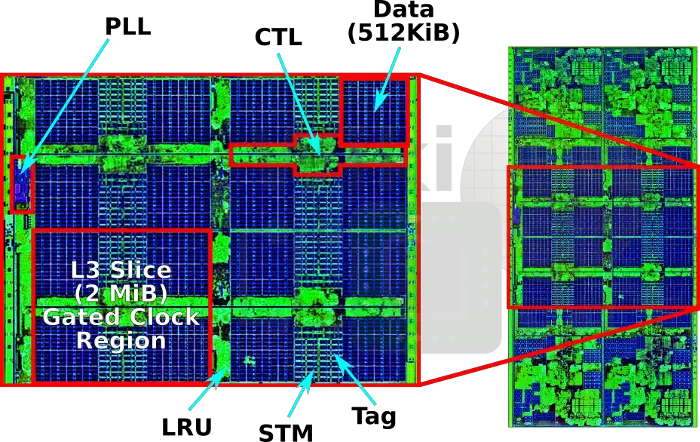With regards to the SMT4 talk. I think that was largely academic in its discussion (i.e. "if they were going to do that, here's things that support that as a possibility") and just generally discussing if doing that makes sense versus increasing core counts. I don't entirely get the derision that some people have with regards to obvious speculation (although I've probably done the same about other things that I thought it was silly for people to speculate about; Nosta's nonsense comes to mind).
I don't think there was any indication that was being worked on, but rather people took something known (well established via industry rumor), and speculating about what that was (with I think people just assuming it was SMT4 as that's been established and would possibly make some sense with other things AMD has done).
Which, I believe this was all borne out of the rumor that there were Xbox dev kits that had Zen CPUs that could do more than 2 threads per core. If I remember correctly it was only like 3 threads, and the stuff I read that was being talked about sounded quite different from normal SMT stuff (I remarked at the time that it reminded me of the rumored "reverse hyperthreading" that used to be talked about). Now, perhaps AMD has been working on some new SMT stuff, or perhaps it was some specialization done for Microsoft's testing, and maybe its something that would only be feasible in a pretty locked down environment (say a gaming console) or if you disregard security (so maybe you'd use it to boost throughput for say video encoding or say doing video game processing) and is more about the software than the hardware (meaning it wasn't AMD but rather Microsoft behind it and they were seeing if properly coded they could push 3 threads through instead of just 2), and that the Xbox dev kits just provided a really good platform for testing it out. Heck, maybe it was testing being done with regards to the speculative execution stuff.
I'm not terribly shocked to find AMD isn't upping core or thread counts on Zen 3. There's not much gains in the process, and seems like they don't need to push it quite as hard, plus if they keep iterating like they have been, they can bring those boosts at 5nm. Also, frankly, seems like there's room for quite a bit of maturing in the platform. Which if the transition of Zen 2 to 3 is equal to Zen to Zen+ I think that'll be pretty good, and anything more will be extra nice.
So, how exactly would the HBM connect to the IO die it is stacked on without having TSVs in the IO die, making it equivalent to an active interposer?p For low performance stuff (like mobile or NAND flash die), they sometimes do stacking by just offsetting the chips and using essentially little wires attached to the edge of the chips (similar to old style wire bonding). That might be fine for a DDR channel or NAND interface, but not for a 1024-bit HBM bus.
It was my understanding that the TSVs are there in order to connect higher stacks directly through the lower ones (so if you weren't trying to connect higher stacks, you wouldn't have the TSVs).
I would assume you'd use microbumps just like they were using to connect the HBM to the interposer. AMD has already talked about how they've had to resort to some new stuff to connect Zen 2 chips to the packaging substrate, and they've said they've been checking out stacking and similar.
I would also assume they'd rework the I/O die to facilitate a stacking interface. But since the I/O die is directing everything, its not like the HBM would need a direct to package interface.
Plus, like I said, maybe they could fab HBM right into the I/O die itself when its just simply cache. That'd take care of stacking. Then in the future they could just design the packaging so it basically has an interposer layer for HBM stacks.





